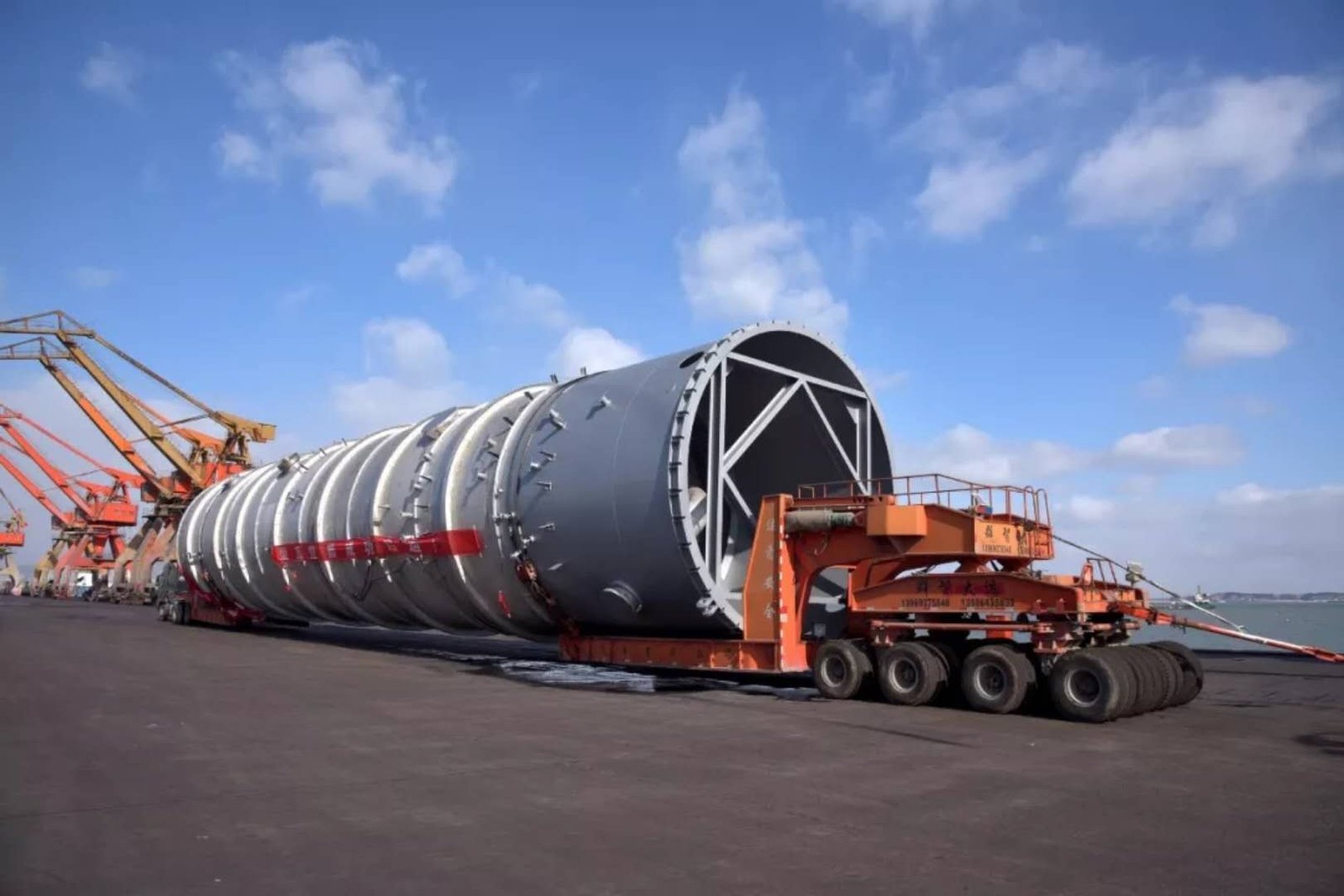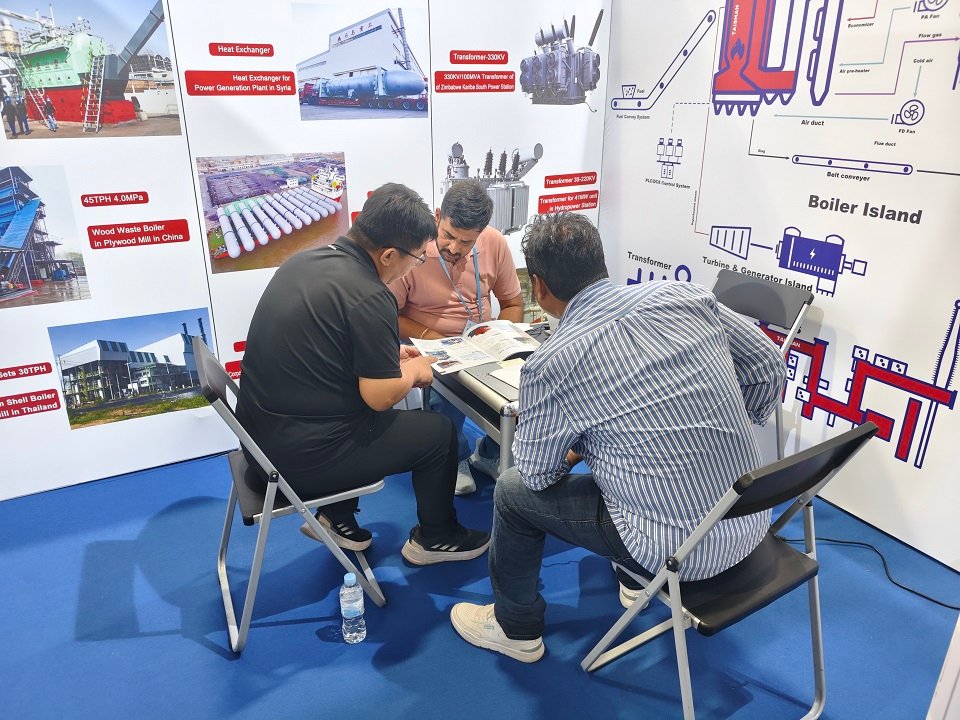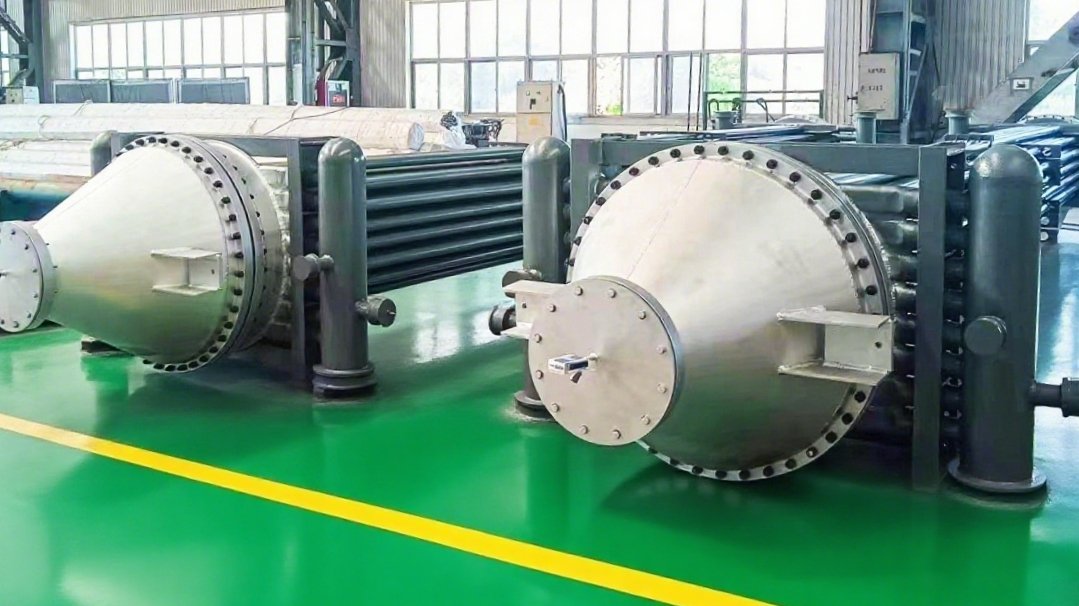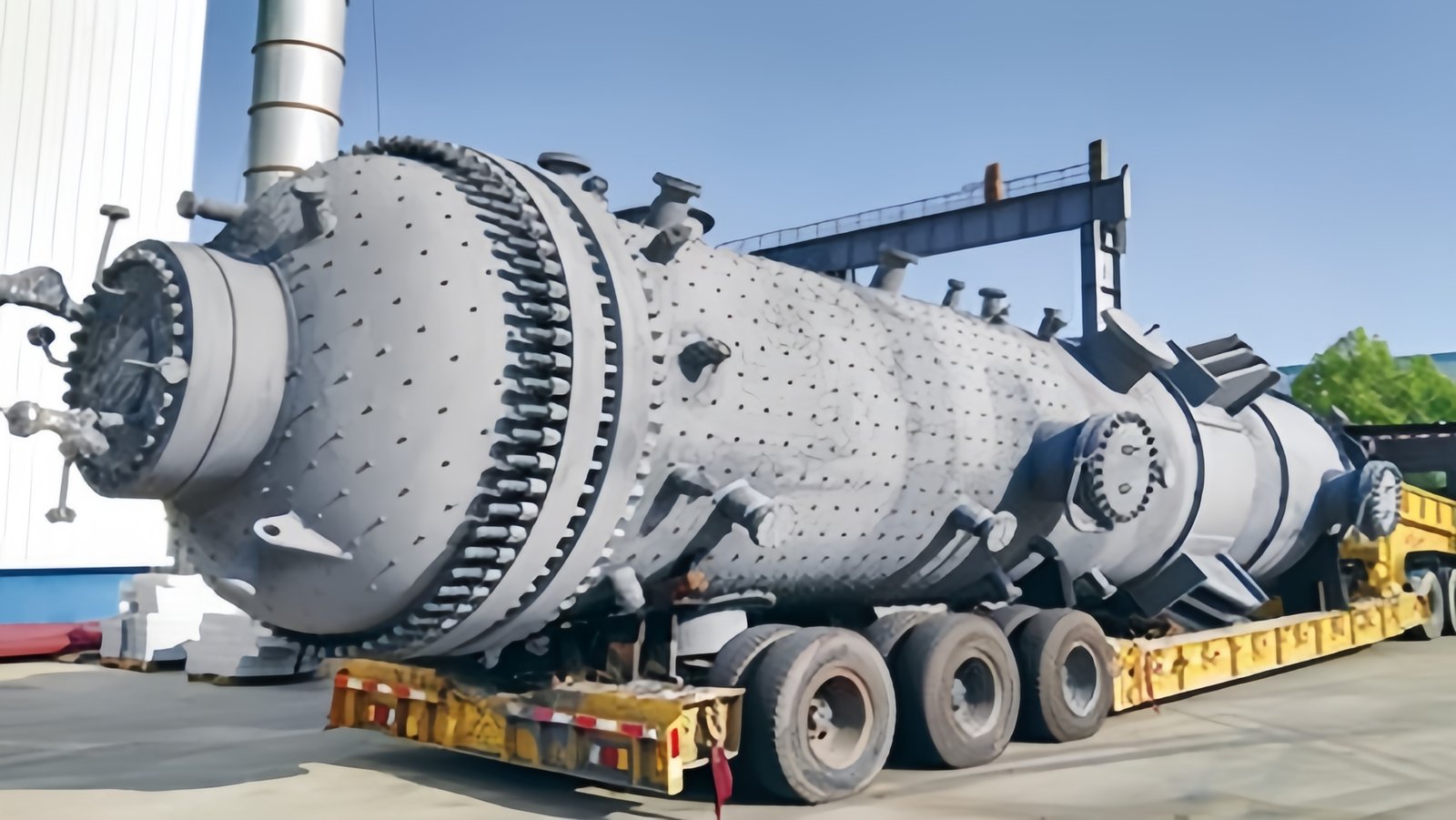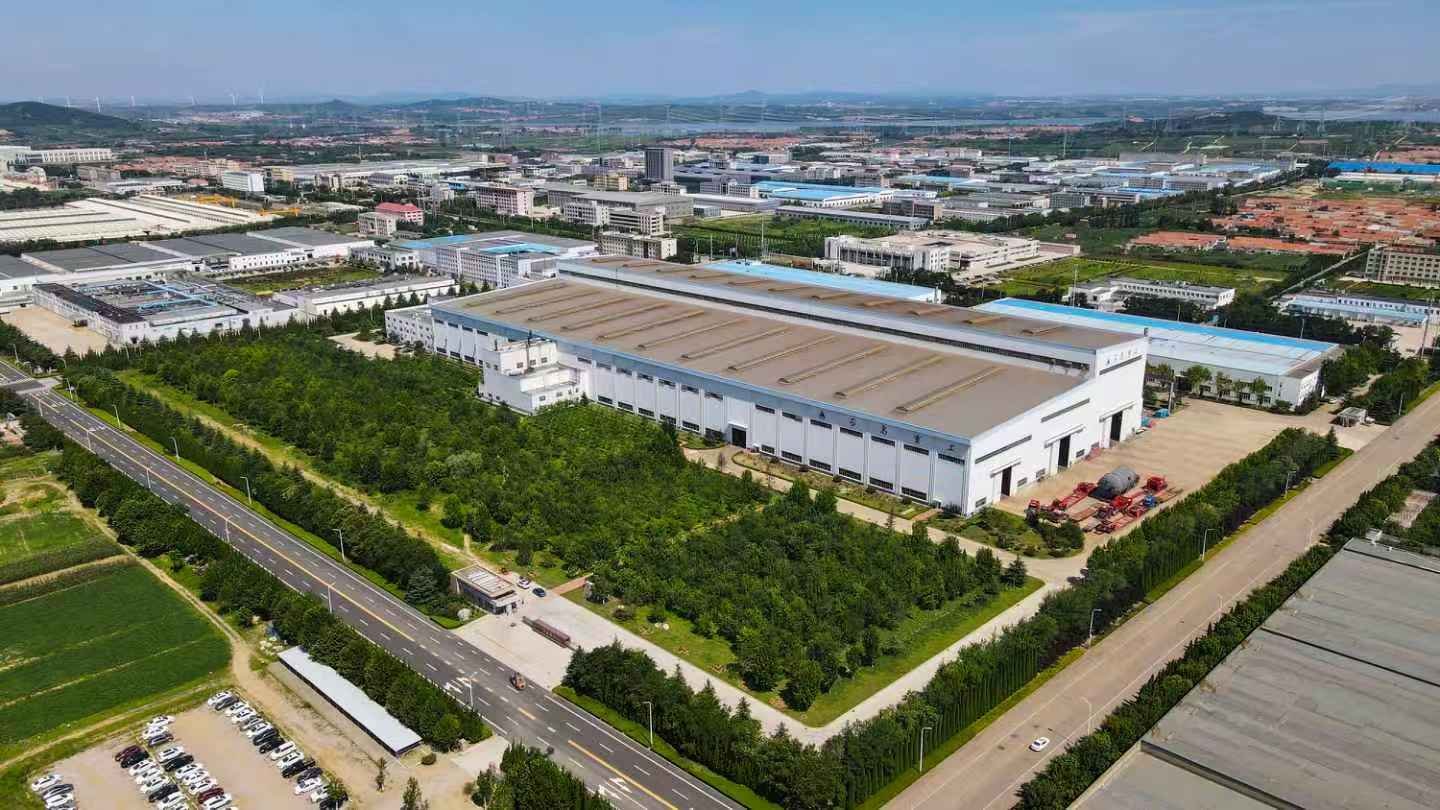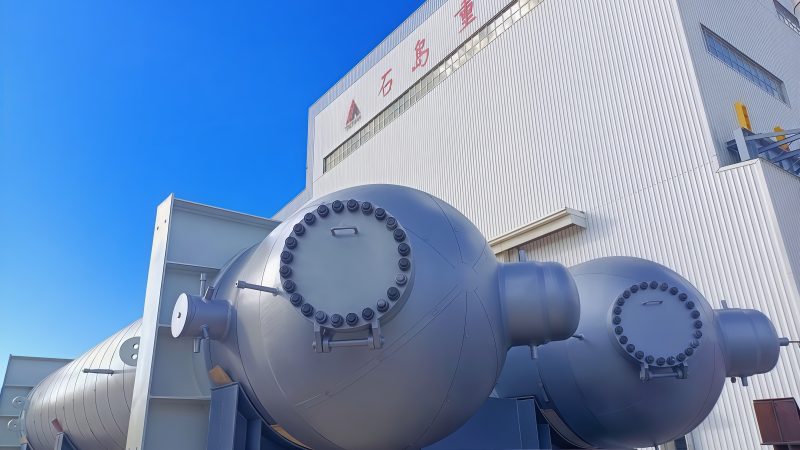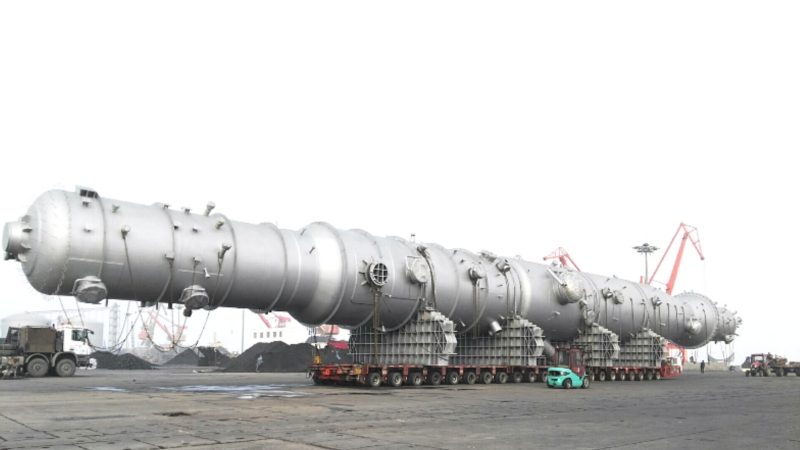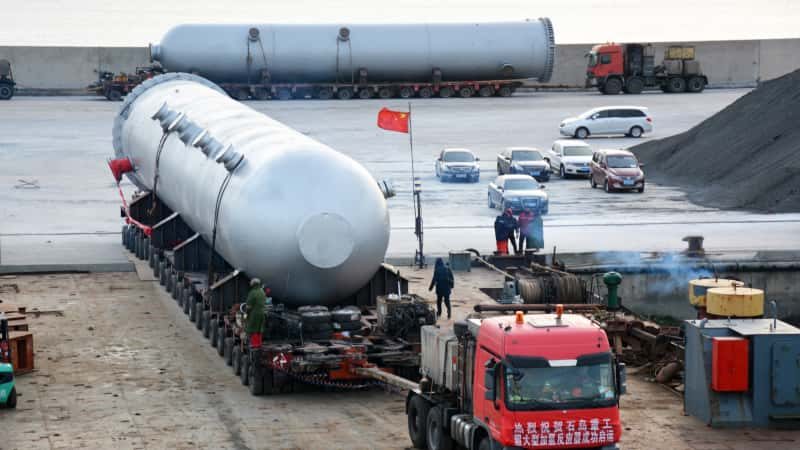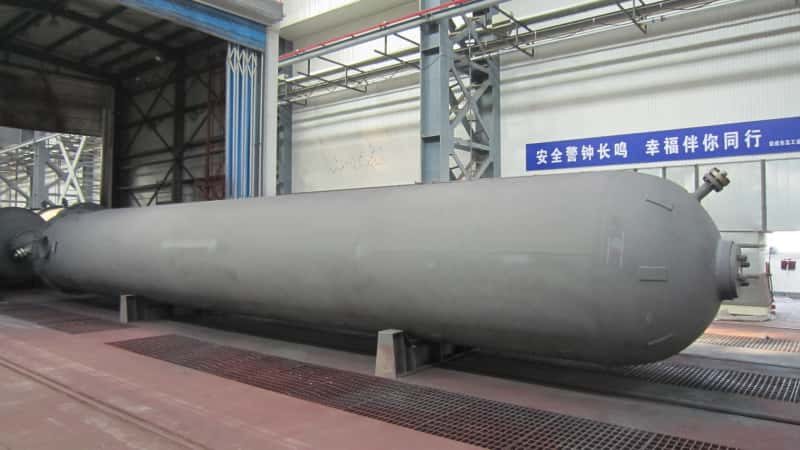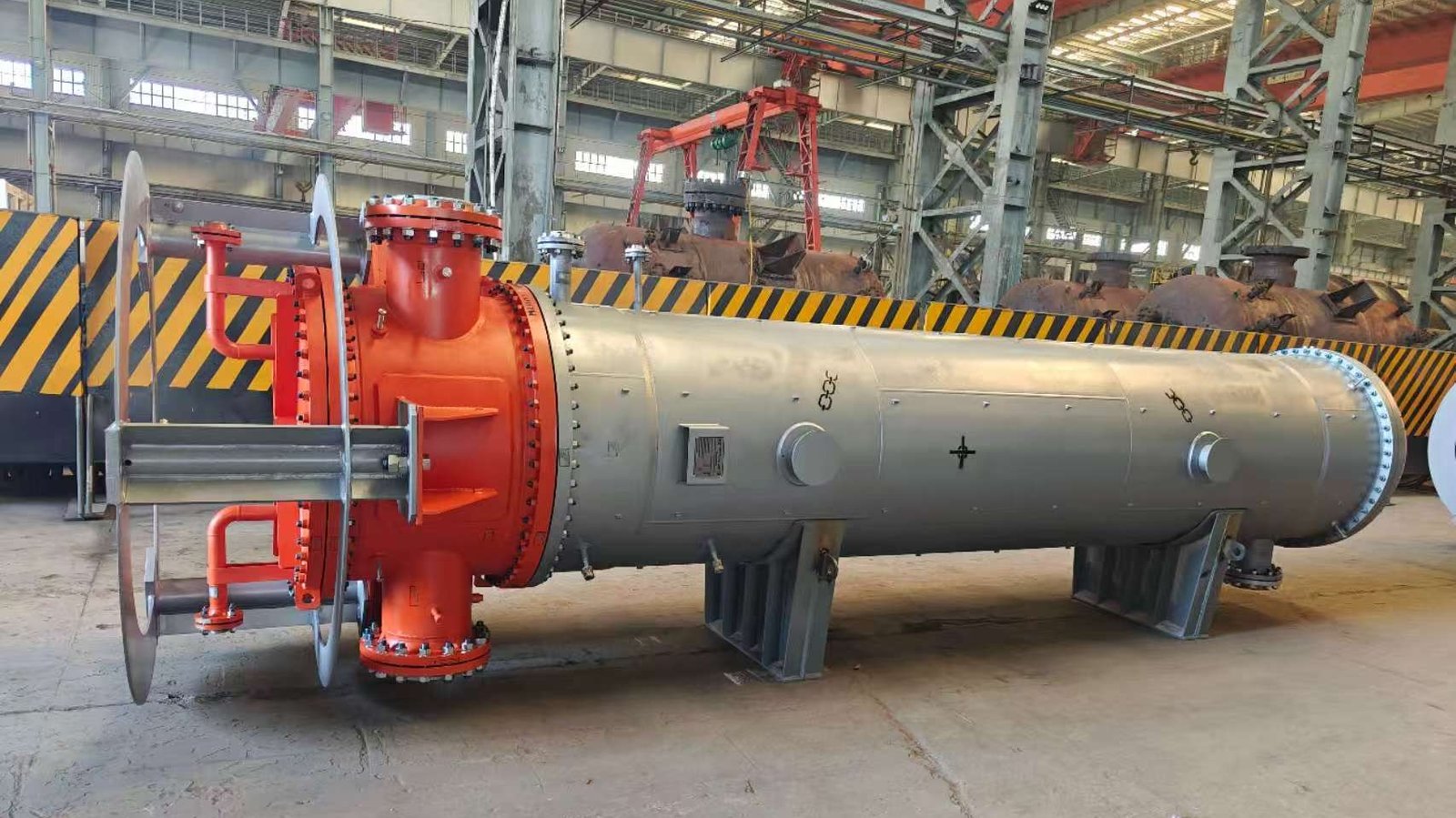
In industries where heating or cooling fluids is critical—such as chemical processing, oil refining, or HVAC systems—inefficient heat transfer can lead to energy losses, increased operating costs, and compromised product quality. Many engineers and operators struggle to select the right heat exchanger type for simple operations, especially when handling small flow rates or maintenance-critical systems. The Double Pipe Heat Exchanger, one of the oldest and most fundamental designs, provides a robust and efficient solution. By understanding how it works, users can optimize their system performance, reduce thermal inefficiencies, and enhance operational reliability. This article breaks down its basic working principle, construction, advantages, and use cases.
A double pipe heat exchanger works on the principle of heat transfer between two fluids flowing in opposite or same directions through concentric pipes—one fluid flows through the inner pipe while the other flows through the annular space between the inner and outer pipe. Heat flows from the hotter fluid to the cooler one through the pipe wall, enabling efficient thermal energy exchange.
This simple structure and working principle make it highly effective for small-scale and high-temperature differential applications. If you’re looking to understand why this design continues to be used despite newer technologies, keep reading to learn how it operates, where it excels, and how you can maximize its potential in your system.
Double pipe heat exchangers use concentric pipes to exchange heat between two fluids.True
A double pipe heat exchanger consists of one pipe inside another, where two fluids flow—one in the inner pipe and the other in the annular space, allowing thermal exchange across the pipe wall.
Basic Construction and Flow Arrangement
The Double Pipe Heat Exchanger (DPHE) consists of two pipes—one inserted inside another. The inner pipe carries one fluid, while the annular space (the gap between the inner and outer pipes) carries the second fluid. These fluids can flow in either of the following configurations:
Counterflow vs. Parallel Flow
| Configuration | Fluid Direction | Efficiency | Temperature Gradient |
|---|---|---|---|
| Counterflow | Opposite directions | Higher efficiency | Greater temperature difference maintained along the length |
| Parallel Flow | Same direction | Lower efficiency | Temperature difference drops quickly |
In counterflow, the hot and cold fluids move in opposite directions, resulting in a greater temperature gradient and better thermal efficiency. This setup is preferred for most industrial applications where heat transfer needs to be maximized.
Working Principle Explained with Diagram
Here’s how the heat transfer process unfolds in a typical counterflow double pipe heat exchanger:
- Hot fluid enters through one end of the inner pipe.
- Cold fluid enters through the opposite end in the annular space between the inner and outer pipes.
- Heat transfers across the inner pipe wall from the hot to the cold fluid due to the temperature difference.
- The fluids exit at the opposite ends, now at modified temperatures.
Let’s understand this better through a thermal profile comparison:
| Position Along Pipe | Inner Pipe Fluid Temperature (Hot) | Outer Pipe Fluid Temperature (Cold) |
|---|---|---|
| Inlet | 120°C | 30°C |
| Mid-point | 80°C | 60°C |
| Outlet | 40°C | 90°C |
This thermal exchange illustrates how the temperature difference drives energy transfer, with higher efficiency achieved in counterflow due to a more consistent gradient.
Thermal Analysis and Heat Transfer Equation
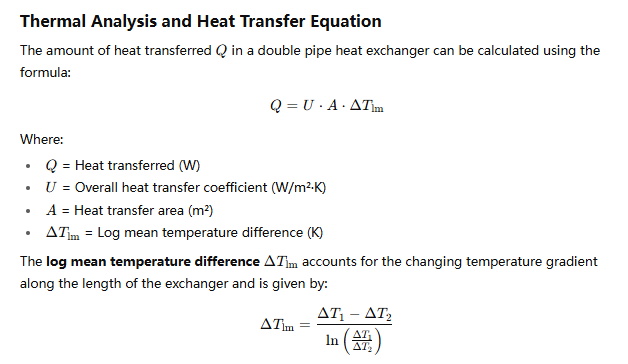
🔢 Example: Heat Transfer Calculation
Given:
| Parameter | Value |
|---|---|
| Length of inner pipe (L) | 10 m |
| Diameter of inner pipe (D) | 0.05 m |
| Heat transfer coefficient (U) | 300 W/m²·K |
| Hot fluid inlet temperature | 120°C |
| Hot fluid outlet temperature | 40°C |
| Cold fluid inlet temperature | 30°C |
| Cold fluid outlet temperature | 90°C |
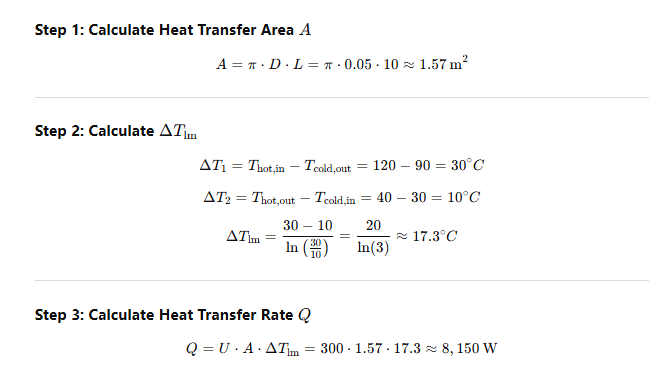
✅ Result:
The double pipe heat exchanger can transfer approximately 8.15 kW of heat under these conditions.
Key Applications and Industry Use
Double pipe heat exchangers are especially effective in the following sectors:
- Chemical Processing: Handling corrosive and hazardous fluids in small quantities.
- Petrochemical: Heating or cooling refinery streams.
- Food and Beverage: Clean-in-place-friendly designs for sanitary fluids.
- HVAC Systems: For applications with compact thermal loads and easy maintenance requirements.
- Research Labs: Where modularity and observability are essential.
Here’s a chart showing where double pipe heat exchangers outperform other types:
| Heat Exchanger Type | Best for Small Flow | Best for High Pressure | Easy Maintenance |
|---|---|---|---|
| Double Pipe | ✅ | ✅ | ✅ |
| Shell and Tube | ❌ | ✅ | ❌ |
| Plate Heat Exchanger | ✅ | ❌ | ✅ |
Advantages and Limitations
Advantages:
- Simple Design: Easy to fabricate and clean
- Modular: Can be extended or configured in series
- High Pressure Handling: Especially in the inner pipe
- Ideal for Extreme Temperature Differentials
Limitations:
- Low Compactness: Takes more space for larger applications
- Limited Surface Area: Compared to plate or shell & tube designs
- Higher Cost per Unit Area: For large-scale systems
Real-World Case Study – Pharmaceutical Plant in Germany
A pharmaceutical production facility in Frankfurt adopted a counterflow double pipe heat exchanger to cool down a high-purity ethanol stream from 85°C to 35°C. Given the need for sanitary conditions, compact layout, and high material compatibility (stainless steel 316L), the DPHE was the ideal solution.
Result:
- Thermal efficiency of 88%
- Clean-in-place (CIP) cycles reduced maintenance downtime by 45%
- ROI achieved in 13 months
This case illustrates how material selection and configuration alignment are critical to success.
Summary
Understanding the basic working principle of a Double Pipe Heat Exchanger empowers engineers and technicians to utilize it efficiently in scenarios requiring simple, robust, and high-pressure-capable thermal solutions. Its concentric design, customizable length, and easy maintenance make it ideal for small- to medium-scale industrial applications where precision and reliability matter.
📞 Get in Touch with Our Experts
Need help designing or sourcing a double pipe heat exchanger for your system? Our engineering team provides custom solutions, technical support, and manufacturing-grade quality. Contact us today to get expert assistance for your thermal application!



